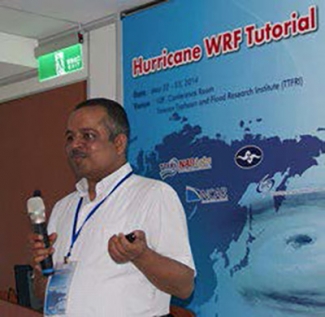NCAR-RAL has a long track record of transitioning numerical weather prediction (NWP) model cloud microphysical schemes from research to operations.
Beginning in the 1990s, a scheme by Reisner et al (1998) was created within MM5 (Fifth-Generation Penn State/NCAR Mesoscale Model) but also transitioned to the Rapid Update Cycle (RUC) model. A few years later, the scheme was modified and updated for both MM5 and RUC by Thompson et al (2004). Then, as the Rapid Refresh (RAP) model was replacing the RUC, an entirely rewritten microphysics scheme by Thompson et al (2008) was created for operational use in the Weather Research and Forecast (WRF) and RAP models. A primary goal of each of these efforts was to improve upon the explicit prediction of supercooled liquid water and aircraft icing while also improving quantitative precipitation forecasts (QPF) and surface sensible weather elements such as precipitation type.
The established pathway for transition to operations for the Thompson et al (2008) microphysics scheme is greatly facilitated through the WRF code repository and a continual collaboration with NOAA’s Earth System Research Laboratory (ESRL) and Global Sciences Division (GSD), especially the team led by Stan Benjamin. Various improvements to the scheme are rapidly implemented into prototype operations at NOAA-GSD for further testing before they eventually transition to the National Centers for Environmental Prediction (NCEP) Environmental Modeling Center (EMC) in the fully operational RAP model at NCEP.








